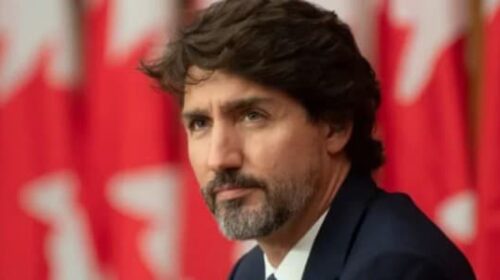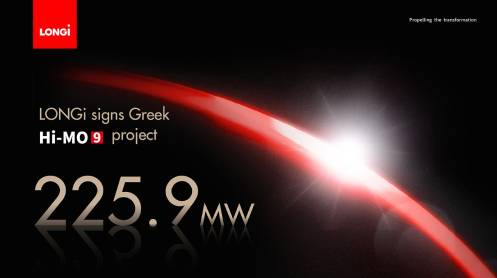Canada could expand its energy infrastructure in order to help Europe cut off Russian gas dependence in the medium term, Canadian Prime Minister Justin Trudeau said at the G7 summit in Germany.
“We will be there in the short term with any support we can,” Trudeau said, referring to possible Canadian support in energy supply to Europe.
Asked about discussions between Germany and Canada for possible liquefied natural gas (LNG) deals, the Canadian prime minister said that “LNG infrastructure is the same type of infrastructure that will be needed as we transition to hydrogen.”
Canada is “looking in the medium term at expanding some infrastructure, but in a way that hits that medium term and long term goal of accelerating the transition not just off Russian oil and gas, but off of our global dependence on fossil fuels because of the impacts of climate change,” said Trudeau.
The Russian invasion of Ukraine highlighted the emergency of not only weaning Europe off Russian oil and gas, but reducing overall dependence on fossil fuels, the Canadian PM added.
In the short term, Canada cannot really help Europe with LNG supply as it doesn’t have any operational LNG export facility yet. Several projects have been proposed, discussed, and advanced in recent years, but none has progressed to an operational stage yet.
Europe, for its part, is desperate for LNG, or any gas that’s not coming from Russia, in order to replace as much Russian pipeline supply as soon as possible. The need for additional deliveries has become even more urgent in recent days after Russia slashed supply to major consumers in Europe, including Germany and Italy. Last week, Germany even triggered the second phase of its three-phase gas emergency plan as it braces up for the possibility of a complete halt of gas supplies from Russia via the Nord Stream pipeline. Since the Russian invasion of Ukraine, Germany has set out plans for two LNG import facilities, at Brunsbuettel and Wilhelmshaven, in a bid to diversify supply from Russia, which accounted for around 40% of German gas consumption before the war.





